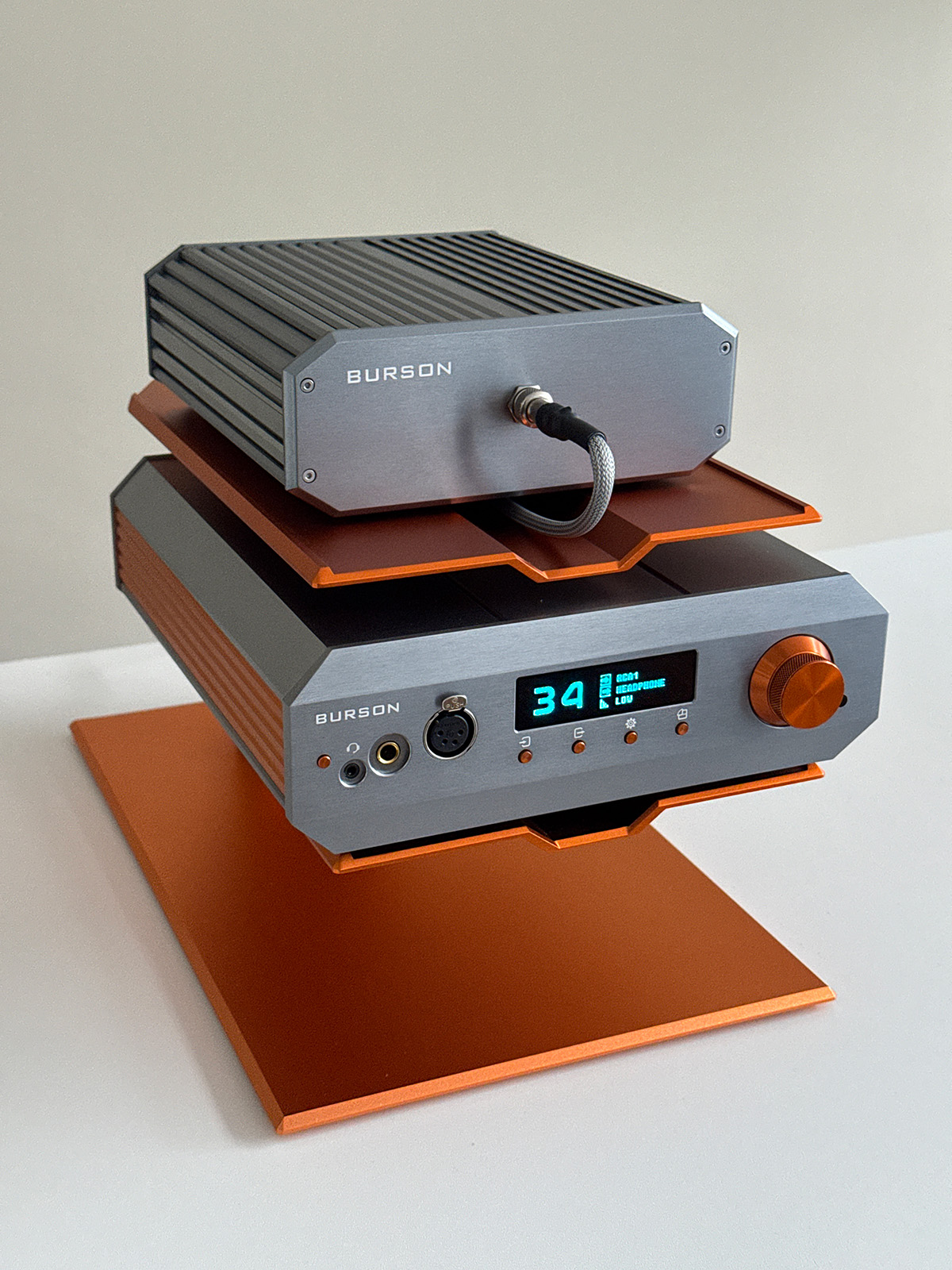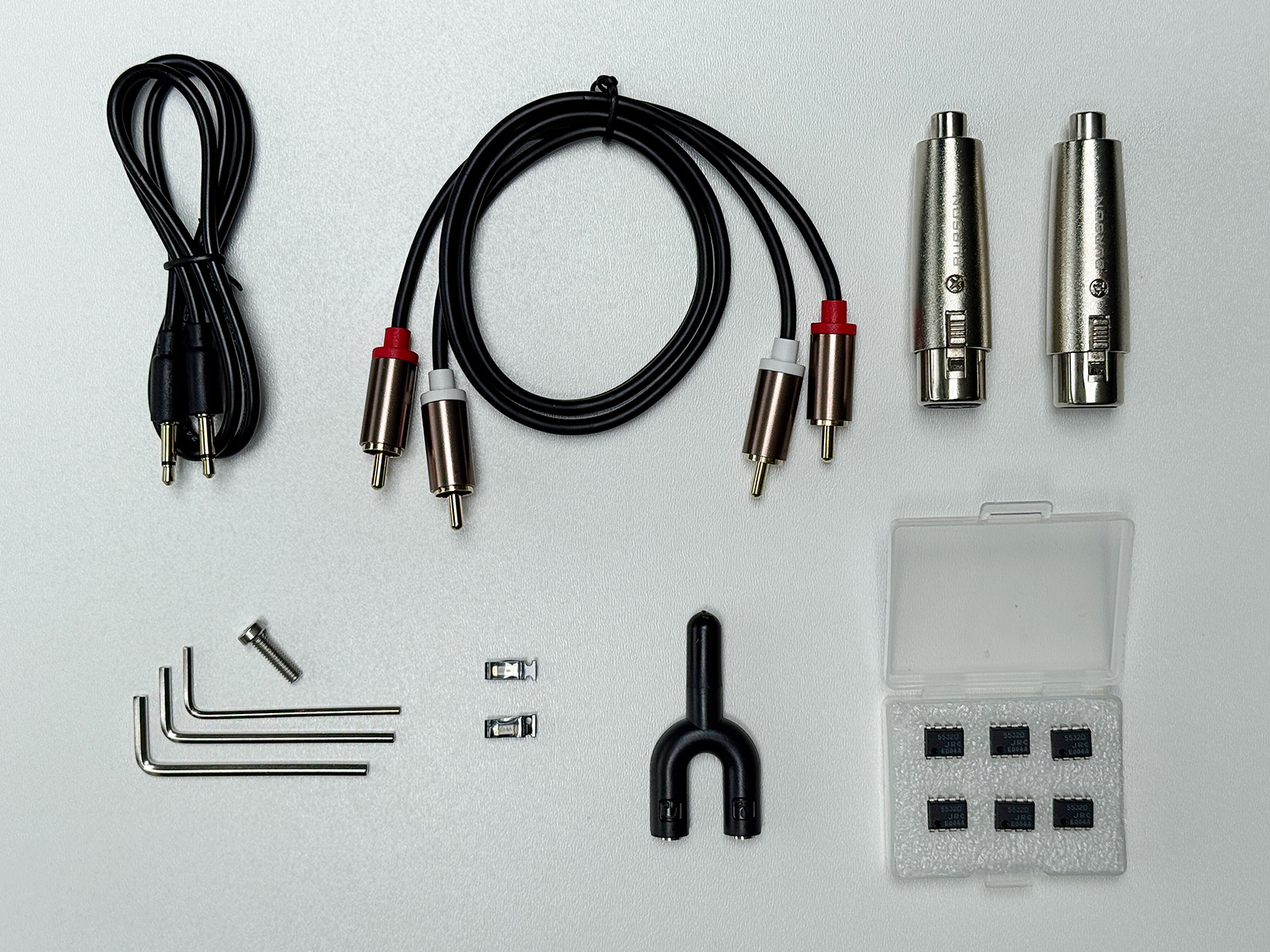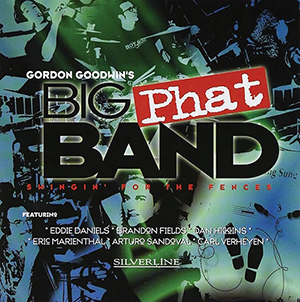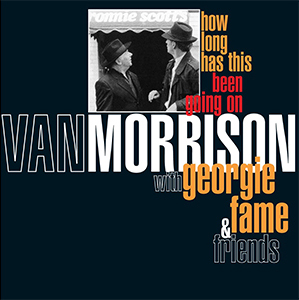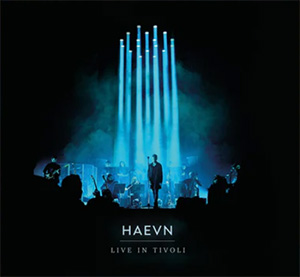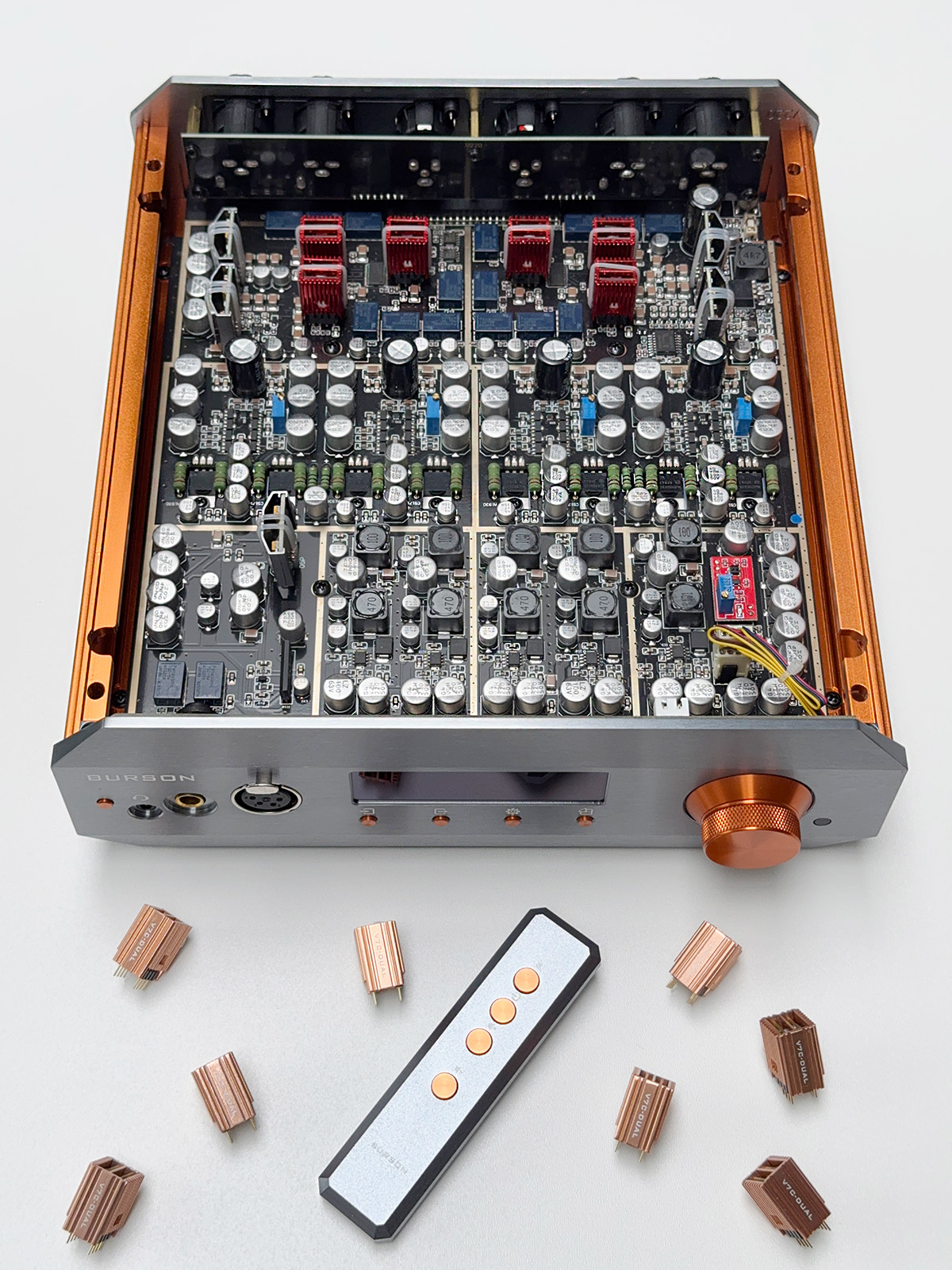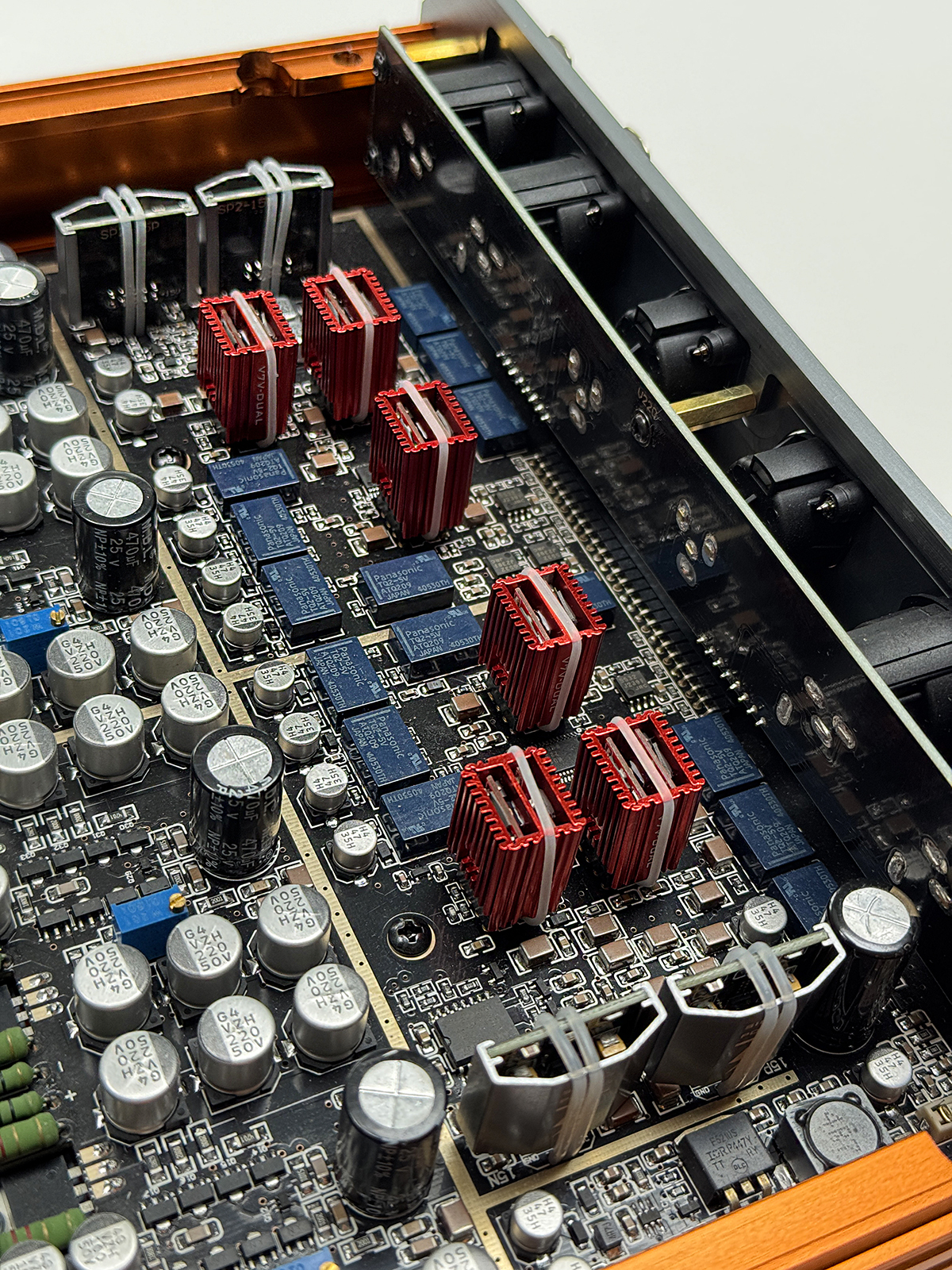Although the name Burson Audio was launched in 2001, the company was founded in 1996 by Mark Burson and John Delmo in Melbourne Australia. Burson Audio has decades of experience in building and creating high-end audio equipment for discerning listeners around the world.
By 2005, the company shifted focus towards consumer audio and began forging its global distribution network. Now in 2025, Burson’s products are available in over 60 countries through an international network of selected specialist dealers and online stores.
Burson Audio’s designs are driven by a commitment to transparent sound, ultra-short signal paths and delivering pure power to drive even the most demanding headphones. They’re known for their famous discrete op-amp designs, timekeeper power amps and of course the fully class-A amplifiers. Burson Audio avoids integrated circuits wherever possible. This ‘less is more’ approach ensures that the music remains uncolored as possible and true to the original recording.
They focus on modularity, upgradeability and long-term reliability. Built with high-grade components and solid aluminum enclosures, their products are designed to last. Form meets function in every Burson creation. Their signature designs are compact, functional and they don’t just meet expectations, they exceed them. They’re absolutely stunning!
In this review we will test the Burson Audio’s flagship combination, the ‘Soloist Voyager‘ max package and the ‘Fusion Core‘ placed on their beautiful ‘Mothership‘.

I own the OG Soloist 3XR GT Soloist. Which I bought after only a half hour auditing. It became my daily driver and reference headphone amp.
The Burson Audio class A have a distinct warmth in their presentation, a sonic character some might describe as tube sound. This is still solid-state through and through, it leans gently to the warmer side of the spectrum. Much of it comes down to Burson’s commitment to ‘full’ class A operation.
Tube amplifiers and class A designs share more than just their warm sound. They actually operate in many ways at a similar principle. Many tube amps run in Class A mode, where the tube remains continuously active, conducting current even when no signal is present. This avoids crossover distortion which results in exceptionally linear amplification. That’s why both tube and Class A solid-state amps often deliver a smooth, harmonically rich presentation that listeners describe as natural, organic and musical.
Crossover distortion is inevitable in all class AB amplifiers by design. This happens at the point where the signal transitions between the positive and negative halves of the waveform, handled by separate output stages. Because each half turns on and off, there’s a brief moment of non-linearity, a small glitch, in the audio signal. Designers try to minimize this distortion through careful biasing, but it can never be fully eliminated due to the nature of the switching between the output stages.

The Voyager Soloist
The Soloist Voyager works in full Class A operation, sipping a steady 80 Watts from the wall, whether it’s pushing sound through your headphones or just sitting in idle. That power isn’t for show: into a 16 Ohm load, the Voyager delivers up to 10 Watts, placing it firmly in the heavyweight league of headphone amplifiers.
You’ll know what that means, heat. And yes, the Voyager runs warm. Give it 10/20 minutes of playback and the top and side plates becomes hot to the touch, not scorching, but definitely toasty. There are no visible heatsinks, the solid aluminium chassis is used as a giant heat spreader, backed up by an internal fan that quietly pushes hot air through a rear vent.
Some purists won’t be happy at the idea of a fan. The former Soloist 3XGT had a fan that certainly was not loud, but noticable at times. The redesigned cooling system with fan is more discrete in the Voyager, I never found it distracting, as in: you won’t hear it at all.
The Soloist Voyager is available in three package versions: Standard, Deluxe and Max. The deluxe ups the game with a supercharger power supply and upgraded op-amps Burson V7 Pro Vivid’s, the max version adds a Fusion Core power supply to it. The best part is, that all components are available separately. If you start with the standard package, upgrading at a later time is as simple as swapping out the power supply or installing the higher-end op-amps.
Preamplifier
The Voyager can also serve as a pre-amplifier. At the back, you’ll find balanced and single-ended line outputs, along with a dedicated RCA subwoofer out. On the front panel, there’s a balanced 4-pin XLR, a 6.3 mm single-ended headphone jack and a combo port for a gaming headset with a microphone. I doubt many audiophiles will use it, but it’s a thoughtful touch, especially nowadays where remote work and online meetings are part of daily life for many.
Subwoofer + headphone mode
Another cool feature is its headphone + subwoofer mode, a unique option that feels like a well-kept secret among headphone enthusiasts. By allowing the sub-out to remain active even in headphone mode, the Voyager creates a hybrid listening experience that bridges the gap between intimate personal listening and room-filling low-end.
Paired with a well-integrated subwoofer, the Soloist adds depth and impact to the listening experience, without compromising headphone detail or imaging. The result is a sound that wraps around you, supported by a physical bass you can feel, especially welcome in cinematic scores, electronic music and live recordings. It’s an incredibly immersive feature that elevates desktop setups into something far more dimensional.

Menu
From the menu you can configure several options:
- Three levels of gain: low, medium and high
- Balanse left/right, but only for RCA/XLR output not headphone (an odd choice in my opinion)
- Oledlevel (dimming) low, medium, high
- Crossfeed: off, low, medium, high
- Remote control: on/off
- auto off: on/off (when 20 min idle)
Pressing the volume knob mutes the music.
General
- Dual Mono class A operation Idle power consumption: ~80 W
- Dimensions: 265 × 270 × 85 mm (10.4” × 10.6” × 3.3”)
- Weight: 7 kg (15 lbs)
- Chassis: solid aluminum, fan-assisted cooling
- Volume control: dual muses 72320
- SP02 power modules installed
- 0.5 db step volume control
Performance
- Frequency response: 0 – 48 kHz (±1 dB)
- THD: < 0.0015%
- Input impedance: 38 kΩ
- Output impedance (headphone): 0.5 Ω
- Output impedance (pre-out): 25 Ω
- SNR: up to 116 dB
- Channel separation: up to 99,50%
Inputs
- 2 × XLR (balanced)
- 2 × RCA (unbalanced)
- 1 × microphone bypass
Outputs
- 1 × XLR pre-out
- 1 × RCA pre-out
- 1 × RCA subwoofer out
- 1 × 4-Pin XLR headphone out
- 1 × 6.3 mm headphone out
Output Power
- 16 Ω: 10 W (XLR) / 5 W (SE) – 116db SNR / 99%seperation
- 32 Ω: 8 W (XLR) / 4 W (SE) – 111db SNR / 99%seperation
- 100 Ω: 3.8 W (XLR) / 1.9 W (SE) – 110db SNR / 99%seperation
- 150 Ω: 1.3 W (XLR) / 0.65 W (SE) – 110db SNR / 99%seperation
- 300 Ω: 0.64 W (XLR) / 0.32 W (SE) – 109db SNR / 99,50%seperation
Special Features
- Headphone + subwoofer mode
In the Box
- Soloist Voyager unit
- Remote control
- Powersupply (options):
- 24V / 5A power supply (Soloist Voyager – standard package)
- 24 / 5A Super Charger with (Soloist Voyager – deluxe package)
- 24V / 15A Fusion Core (Soloist Voyager – max package)
- Opamps:
- Burson V6 Pro Vivid op-amps (Soloist Voyager – standard package)
- Burson V7 Pro Vivid (Soloist Voyager – delux & max package)
- Remote control unit
- Hex key / spare fuse / spare IC 5532 opamps for testing / XLR to RCA adaptors


Test Equipment:
– DAC: TT2 + Mscaler
– Headphones: Hifiman Arya Stealth V3, Arya Unveiled, Sendy Audio Aiva 2
– Streamer: Eversolo A8 + LHY LPS
– Testing was done with the Fusion Core in place
Sound quality
The Voyager may appear to be all about raw power, but actually it’s all about control.
The Voyager’s full class A design means the output transistors remain active even at zero signal, eliminating crossover distortion altogether, like I explained above. That zero-switching operation not only minimizes distortion but also avoids the phase anomalies and HF ‘air’ artifacts that many amps use to resemble spaciousness.
Class A amps are known for their exceptionally clean, organic sound, free of harsh highs and that’s precisely why they never sound bright. What some call ‘detail’ or ‘air’ on other amps is often just treble emphasis or distortion. The Voyager delivers real micro-detail, resolution that’s technically accurate and harmonically rich, without the fatigue or false sparkle. You start to notice that, when you switch back to an AB amplifier.
Treble
The upper range is smooth and refined. The Voyager avoids introducing artificial sparkle, by emphasizing purity over brightness. It has unbelievable detail but it never wears you down. The Voyager’s treble doesn’t sparkle for the sake of it. It avoids the common trap of equating brightness with resolution. It revealed detail with a soft touch, like natural light falling across the contours of a room. There’s extension and clarity, but no glare, no etch, no fatigue.
Midrange
The midrange on the Voyager doesn’t demand the spotlight, it simply speaks, with tone and texture that feel unmistakably real. Vocals are intimate, full of air and body. Acoustic instruments like guitars, pianos and trombone’s have a richness and harmonic weight that gives each note presence, not just pitch.
There’s no artificial push here, no exaggerated edge, just a smooth and natural tone. It’s the kind of midrange that doesn’t dissect the mix but reveals it gracefully. Whether you’re sinking into a smoky jazz vocal or tracing the timbre of a cello, the Voyager delivers the mids with warmth, nuance that keeps you listening. It draws you in gently, layering details in a way that sounds rather organic than analytical. This is a trait that is increasingly rare in the age of hyper-detailed gear.
Bass
The Voyager’s bass isn’t just about impact. There’s a physical presence to it, a kind of grounded authority that feels more like the rumble of a double bass than the thump of a subwoofer. It reaches deep with ease, delivering low-end weight that’s full-bodied and textured rather than clinical.
There’s a subtle warmth to the tuning, lending instruments a sense of body and resonance, especially in the lower mids and sub-bass regions. It supports the soundstage from underneath, anchoring everything with confidence. A low end that breathes and moves with the music, but does not show off!
Soundstage
The Voyager paints a stage that feels more lived-in than laid-out. It doesn’t throw sounds wide just for effect, it builds space with intention. Instruments emerge from a deep. The stage isn’t artificially stretched.
What makes it special is the sense of dimensionality, not just left to right, but front to back, top to bottom. There’s real layering here: a trumpet floats just above the drums, a vocal sits forward while the guitar glides behind your shoulder. It’s subtle, but coherent and never forced.
Some amps simulate space with tipped-up treble or exaggerated separation. The Voyager does none of that. It doesn’t sound wide, it sounds real!

Supercharger vs Fusion Core
I’ve spent extended time comparing the Supercharger and the Fusion Core powering the Burson Soloist Voyager. They share the same goal, delivering ultra-clean power, but the way they shape the musical experience is subtly, yet meaningfully, different.
Supercharger
With the Supercharger in place, the Voyager sounds bold and full of life. The soundstage is open, instruments have room to breathe and there’s a satisfying sense of drive. Bass hits with solid impact, rounded and weighty. The treble has clarity that never becomes sharp or clinical. It feels rich and musical, with just the right touch of warmth and ease. Vocals step forward with presence and there’s a real sense of intimacy in the midrange.
Fusion Core
Switching to the Fusion Core doesn’t change the character of the Voyager, it refines it further. Everything tightens up. Bass becomes more articulate, better controlled and slightly faster. The mids feel even more transparent and subtle textures came forward with more clarity. The treble remains relaxed and natural, but with improved extension and air, not some artificial shimmer, but real openness. Imaging sharpens just a little more, making the soundstage not necessarily wider, but better defined and more three-dimensional.
What surprised me the most was, that it wasn’t a dramatic shift in tonality, it introduced an overall calmness. With the Fusion Core, the Voyager sounded more composed, confident and effortless.
One aspect I do find a bit unfortunate is the placement of the Fusion Core’s front connector. Had it been positioned at the back, the design would have looked sleeker, especially with that subtle, laser-cut LED light adding a touch of refinement.
I would advise anyone who owns the Soloist Voyager, 3XR GT or GT4, to at least give the Fusion Core a listen, there’s a good chance you’ll want to keep it in place.
Listening impressions
When it comes to evaluating a high-end amplifier like the Burson Soloist Voyager, the true test lies in how well it reveals nuances, spatial depth and tonal balance across a wide range of music.
I selected this particular set of tracks to explore everything from microdetail and imaging to rhythm and texture, each revealing a different facet of the Voyager.

Eric Bibb’s – ‘Flood water’
From the iconic album Booker’s Guitar, this track achieves an extraordinary level of intimacy. It thrives on the delicate interplay between Bibb’s soulful vocals and the subtle nuances of his acoustic guitar. The Voyager effortlessly brought forth every texture of the recording, allowing each strum, breath, whisper and harmonica notes to emerge with astonishing clarity and warmth.
You can clearly hear the magic, in how a class A amplifier handles micro-details and dynamics, even at lower volumes. It feels as if you are seated right next to Bibb, experiencing each finger slide, the resonant hum of guitar strings and the emotional depth of his voice.
While reviewing, I ended up listening through half the album because of it, the Voyager truly makes this album shine.

Gordon Goodwin’s Big Phat Band’s – Count bubba
From the album Swingin’ for the fences, this track is a sonic feast when experienced through high-quality audio gear, particularly if an amplifier is able to excel in dynamic expression and precise detailing, such as the Burson Voyager Soloist.
The Voyager captured the punchy dynamics and intricate textures inherent in this lively big band arrangement. Every trumpet blast, saxophone flourished. Rhythmic accents were conveyed with remarkable clarity, impact and depth. This amplifier’s impressive ability to handle complex layers of sound without losing coherence brought out the full vibrancy and precision of Goodwin’s composition.
Listening to ‘Count Bubba’ through such refined amplification transformed the experience into something deeply satisfying.

‘It takes a lot to laugh, it takes a train to cry’ featuring Bob Dylan, from united we swing: best of the jazz at Lincoln Center Galas by the Wynton Marsalis septet.
The Voyager effortlessly unveiled the dynamic richness and layered complexity of this standout track. Dylan’s iconic vocals, infused with raw authenticity, blended seamlessly with Marsalis’ jazz arrangements.
Every texture and nuances of each instrument, from the resonant warmth of the brass to the crisp clarity of Dylan’s voice was amazing. It captured the smallest subtle details. Each note and rhythm became vivid and tangible, enveloping the listener in an immersive jazz experience.

Sara Gazarek’s ‘fly away birdie’ from her enchanting album blossom & bee
Gazarek’s voice sounded effortlessly, with a feather-light clarity that the Voyager preserved with remarkable finesse. The warmth of the piano, the subtle textures of the brushwork on drums and the gentle sway of the bass were all rendered with a delicate touch.
The Soloist’s revealed micro-dynamics, spatial depth. The level of resolution transformed “Fly Away Birdie” into a personal encounter with the Sara.
This track exemplifies the strength of jazz when paired with a well designed amplifier: emotional, dynamic and organic

Van Morrison’s – ‘I will be there’
From the the album ‘how long has this been going on’, this track is a masterclass in musical understatement and heartfelt delivery. Morrison’s & Georgie Fame distinctive vocals came through with earthy presence and natural warmth. The interplay with the jazz ensemble, subtle piano chords, brushed drums and soulful horns felt almost organic, each instrument occupied its own space with clarity.
The Voyager simply let the music breathe. There was a real ease and fluidity to the performance.

*Haevn – Live in Tivoli Utrecht – finding out more
This great live performance achieved remarkable depth and atmosphere through the Burson. The live recording’s spaciousness and emotional intensity were vividly preserved, capturing the ethereal vocals and expansive instrumentation with stunning transparency and coherence.
The Voyager revealed every layer of sound, allowing me to experience the energy and emotion of Haevn’s captivating live performance in full fidelity. I heared details which I did not hear before on this album.
*This track can not be found on streaming services, only found on their own website: Haevn in Tivoli

Conclusion
The Burson Soloist Voyager is a good example of how musicality, raw power and smart design can come together. It’s not just technically capable, it’s emotionally engaging. No matter what genre you throw at it, the Voyager delivers.
What sets it apart, is its ability to maintain composure and clarity while delivering real punch and dynamics. It doesn’t flatten the soul out of your music in pursuit of precision. It strikes a fine balance between warmth and articulation, offering a sound that’s both revealing and enjoyable over long sessions. Pair it with high-end planars or dynamic headphones and you’ll hear them bloom, often in surprising ways.
All traits of a decent class A design are here; effortless clarity, tonal richness, a natural ease even during complex passages.
For many audiophiles, there’s little that compares to the honest, uncompressed sound of a well-designed class A amplifier. Unless you’re venturing into the glowing world of tube valves, it doesn’t get much more lifelike than this!
Yes, it runs warm and demands a bit more from your power outlet, but those are exactly the qualities that makes the heart of this amp sing. Add to that, its impressive power output, modular architecture and you’re looking at a piece of gear that’s built not just to impress, but to last.
If you’re seeking for that final layer of realism and emotional involvement in your music: the Soloist Voyager gives you an endgame experience, which is not an exaggeration, it’s really that good!
The Burson Soloist Voyager gets a ‘very’ high recommended by JJAZZIFI!!
Pros
- Smooth, organic sounding ‘real‘ Class A
- Beautiful design (Voyager & Fusion core)
- Excellent build quality and analog-focused design
- Remarkably dynamics with an engaging presentation
- Effortlessly drives difficult headphones
- Upgradeable op-amps and power modules
- Can be used as a preamplifier
- Crossfeed in three steps
- Gain in three steps
- Redesigned quiet cooling system
Cons
- Runs hot and consumes more power than AB amplifiers
- OLED screen can only be dimmed not turned of
- Not ideal for sensitive IEM, although that’s hardly the intended use case for an amplifier of this caliber
- No left/right balance for headphones, only for XLR/RCA line out
- Relocating the Fusion Core’s front connector to the rear could have contributed to a more sleek design
Burson Audio Soloist Voyager
Burson Audio Fusion Core
Burson Audio Mothership


